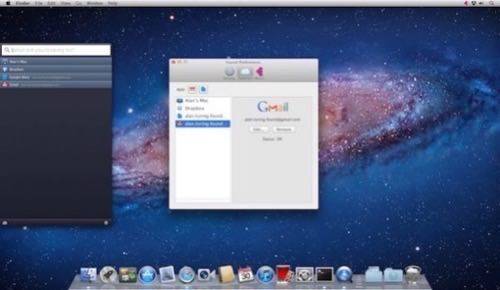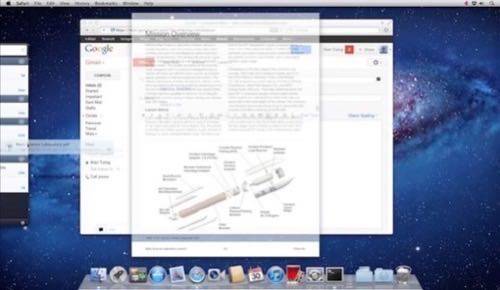Files are not going away anytime soon. Apple, Google and Microsoft can try as hard as they want to push users and our stuff into their clouds, but we still need files for a reason those companies won’t face: We’re not just Apple users or Google users or Microsoft users. We use them all.

Consequently, files of all types live sprawled across our local devices, our email inboxes and several clouds. We need a new layer to the file system that spans across all of these places. The folks at Found are building one, and Mac users can sign up now to try it. Found lets you find, preview, drag and drop files from your computer, your Dropbox and your Google accounts instantly, as though they’re all in one place.
What’s Wrong With Spotlight?
Many Mac people use Spotlight as a quick way of finding files and applications, rather than browsing through a Finder window. Typing ⌘-Space brings up Spotlight’s search box, and then you just start typing. You can find local files pretty quickly this way, but there are a few problems with it.
Spotlight is not great at showing you what a file is or where it is. You just have to go by the file name. But more importantly, it only searches your local disk. Gmail attachments and Google Docs won’t appear. Dropbox files will appear if you have the program installed locally, but they still won’t display nicely.
Found solves both problems. Apple may eventually fix the previews, but it will probably never go out of its way to help users of Google’s cloud. But this is the way we work now. We have files of different kinds spread out in different places, but we need the same access to them all.
How Found Works

Found lets you log into one Dropbox account and as many Gmail and Google Docs accounts as you want, including Google Apps accounts for work. Locally, it searches the folders within your home directory: /Applications, /Desktop, /Documents, /Downloads, /Movies, /Music and /Pictures. It doesn’t yet index your entire computer, but it looks in all the places files usually go.
The key to Found is speed. The app indexes your files across all the places they live, so no matter whether they’re on your disk or in the cloud, files pop up instantly. Found’s magenta arrow icon sits in your menu bar when it’s running. To launch or hide Found, double-tap Control-Control. It slides open from the left side of the screen with the cursor in a search box that says, “What are you looking for?”

As soon as you start typing, files begin to appear under the tabs for each of the places you’ve added to Found. A number on the tab shows at a glance how many results are on your Mac, and in your Gmail, Dropbox and Google Docs.
You can scroll up and down in the list, which shows an icon for the file type, the file’s name and location, and how recently it was updated. Highlighting a file instantly pops up a big, useful preview of what it is, even for media files. You can drag and drop the documents right from the Found menu to wherever you’re working.

What Found Will Find Next
Found’s runway is a $1 million seed round from NEA and Rembrandt Venture Partners. Its co-founders, CEO Stephen Brady and Chief Product Officer Vijay Sundaram, see a big gap in the way our computing platforms work. Found is a pragmatic tool that accepts the reality that the big tech companies will never work seamlessly together. But it also offers an exciting vision of digital work where we can always find and execute the file we’re looking for, no matter where it’s saved.
Found will come to more systems than the Mac, and it will add more services to search. But it’s already quite useful, and the five-person Found team has big plans for it. Mac users who want to try it out can sign up at foundapp.com and follow @found on Twitter. The public release of Found is scheduled for May.
Lead image courtesy of Shutterstock










